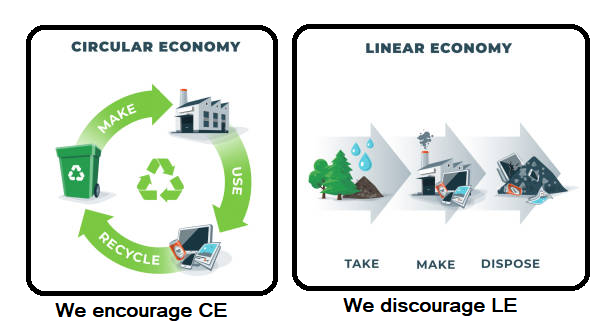
PAR – Participatory Action Research
Participatory Action Research (PAR) is an approach to research that involves active participation and collaboration between researchers and the individuals or communities being studied. It aims to address real-world problems and bring about social change by involving those affected by the research in the entire research process, from defining the research question to implementing solutions.
PAR is rooted in the belief that the people who experience a particular issue or problem possess valuable knowledge and insights that can contribute to understanding and addressing the problem effectively. It emphasizes the importance of empowering participants and recognizing their expertise, lived experiences, and local knowledge.
The process of PAR typically involves several key steps. First, the research question or issue is identified through collaboration between researchers and the community. Then, data is collected through various methods such as interviews, focus groups, observations, or surveys. This data is analyzed collectively, often in workshops or meetings where participants have the opportunity to contribute their perspectives and interpretations.
Based on the analysis, action plans are developed and implemented collaboratively to address the identified problem. This may involve advocating for policy changes, implementing community-based interventions, or engaging in other forms of collective action. Throughout the process, the participants are actively involved, and their voices and experiences are respected and valued.
PAR is known for its commitment to social justice and democratic principles. It challenges traditional power dynamics in research by promoting collaboration, inclusivity, and shared decision-making. It aims to produce research that is not only academically rigorous but also meaningful and relevant to the community it serves.
In brief, Participatory Action Research is a powerful approach that promotes social transformation by bridging the gap between researchers and the communities they study. It empowers individuals and communities, fosters mutual learning, and enables collective action to address social issues and bring about positive change.
CE – Circular Economy
A circular economy is a model of production and consumption, which involves sharing, leasing, reusing, repairing, refurbishing and recycling existing land, building structures, machinery, materials and products for as long as possible.
It is a regenerative economic model that aims to redefine the way we produce, consume, and dispose of goods and resources. Unlike the traditional linear economy, which follows a “take-make-dispose” pattern, the circular economy strives to keep resources in use for as long as possible, extracting maximum value from them and minimizing waste.
In a circular economy, products are designed to be durable, repairable, and reusable, with a focus on reducing the use of raw materials and energy consumption. This involves adopting strategies such as recycling, remanufacturing, and refurbishing to extend the lifespan of products and components. Materials and resources are recovered and reintegrated into the production process, creating a closed-loop system where waste is minimized, and the need for virgin resources is reduced.
The circular economy also promotes the sharing economy and emphasizes the importance of collaboration and resource-sharing among individuals, businesses, and communities. This includes practices such as product-sharing platforms, collaborative consumption, and resource pooling, which help optimize resource utilization and reduce overall consumption levels.
By embracing the principles of the circular economy, societies can achieve multiple benefits. These include reducing environmental impacts such as resource depletion, pollution, and greenhouse gas emissions, while also fostering innovation, creating new business opportunities, and promoting job creation. Moreover, the circular economy promotes resilience by reducing dependence on scarce resources and volatile commodity markets.
While the transition to a circular economy requires systemic changes across industries, academic institutions, governments, and consumers, numerous initiatives and organizations are actively working towards its implementation. Through collaboration and collective action, the circular economy offers a promising path towards a more sustainable and prosperous future, where economic growth is decoupled from resource consumption and waste generation.
